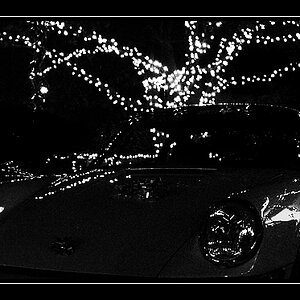GallantFoto
TPF Noob!
- Joined
- Jul 3, 2014
- Messages
- 5
- Reaction score
- 0
- Location
- Moncton New Brunswick Canada
- Website
- www.gallantfoto.com
I use a Nikon D7100 and recently purchased different neutral density filters along with a circular neutral density filter. The problem I have is my photos are always too dark. I realize that is the purpose of the filter is to reduce light coming into the camera. To get the correct brightness do I increase the ISO or slow down the shutter speed.
Regards,
JP
Regards,
JP





![[No title]](/data/xfmg/thumbnail/32/32700-18534997be82e5150c566a9e67a00471.jpg?1619735602)


